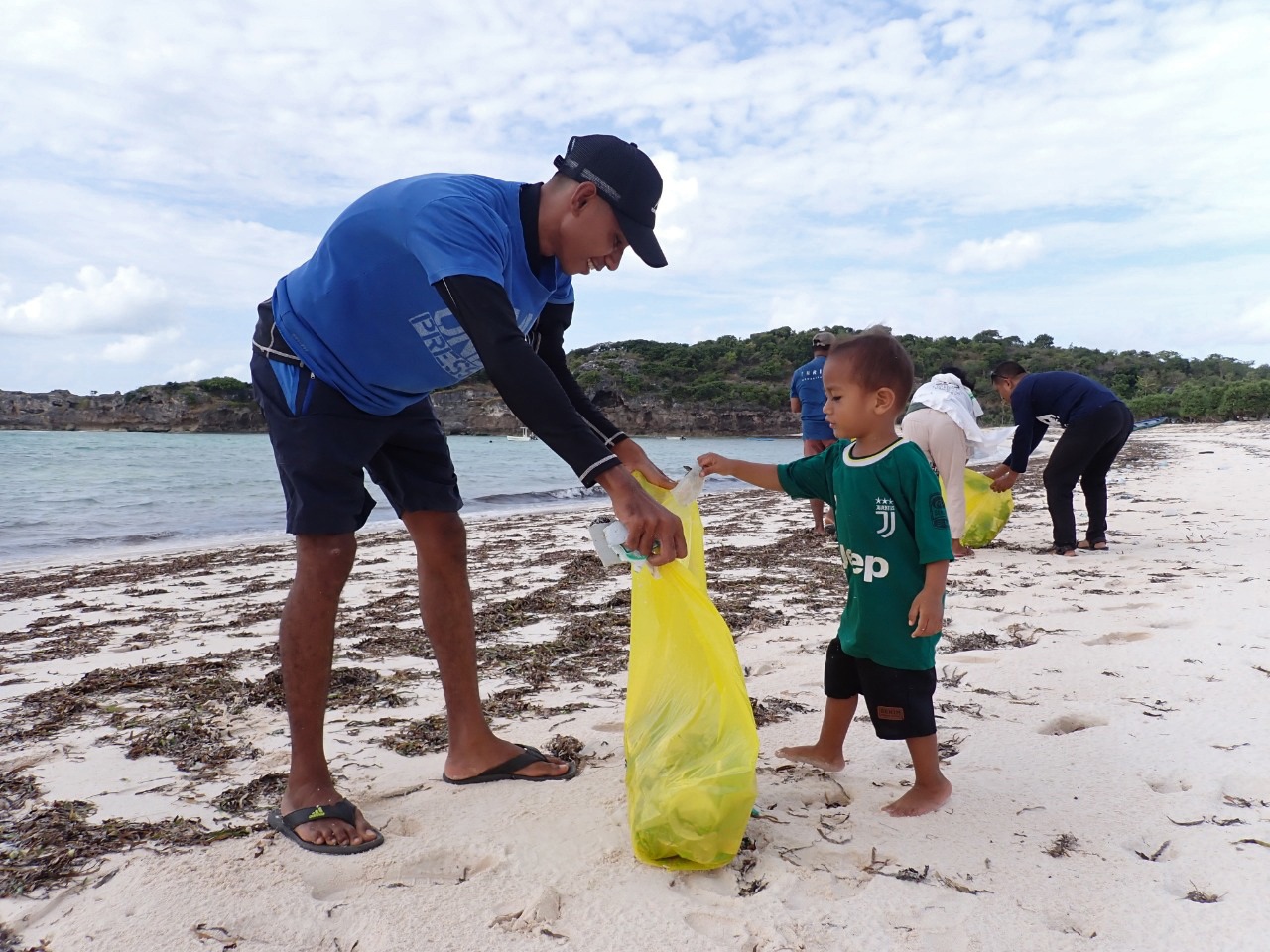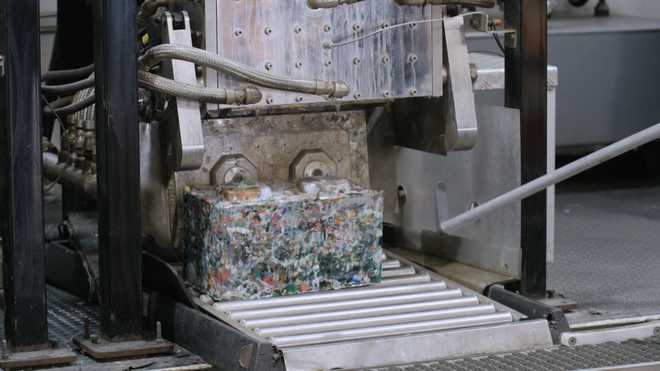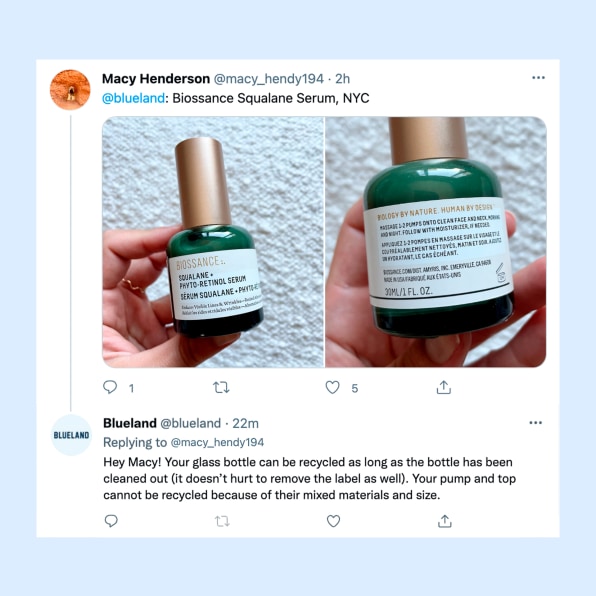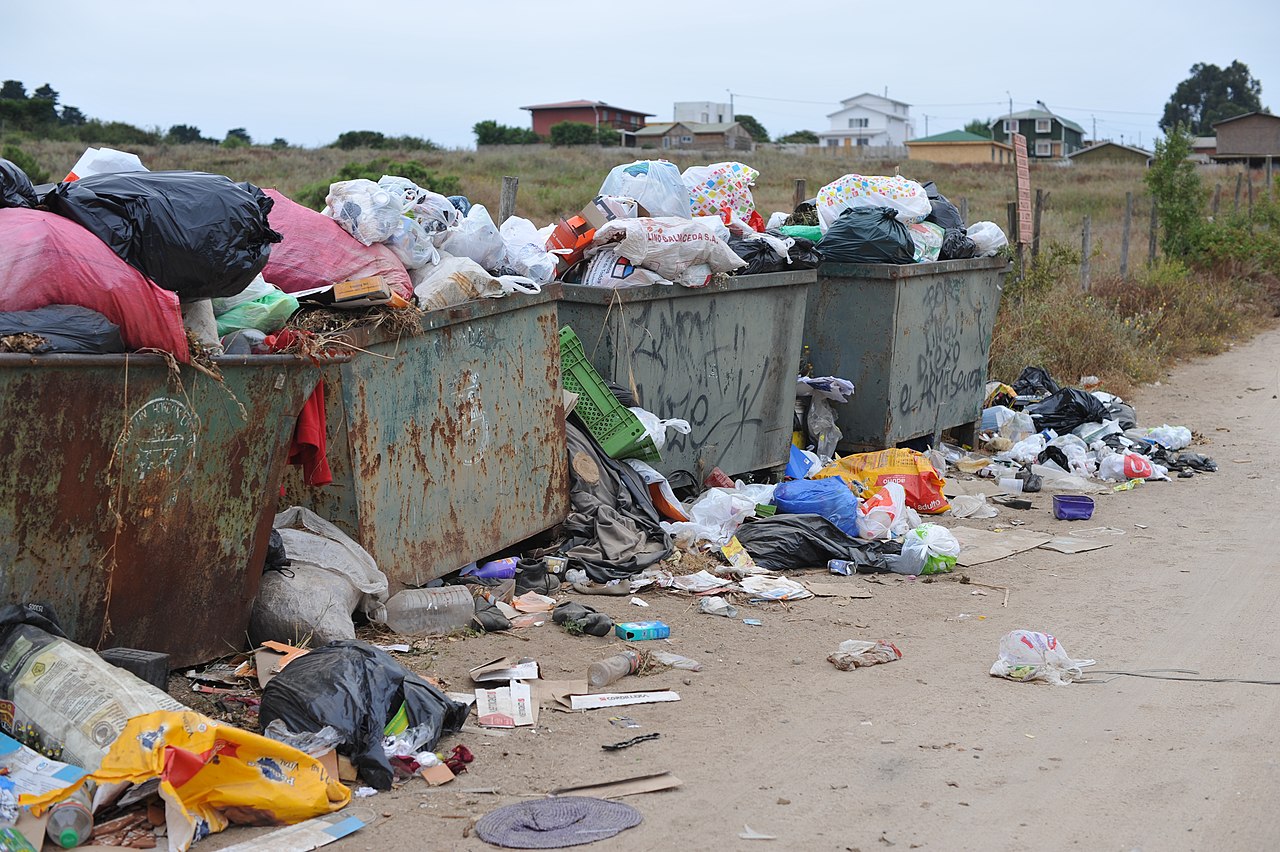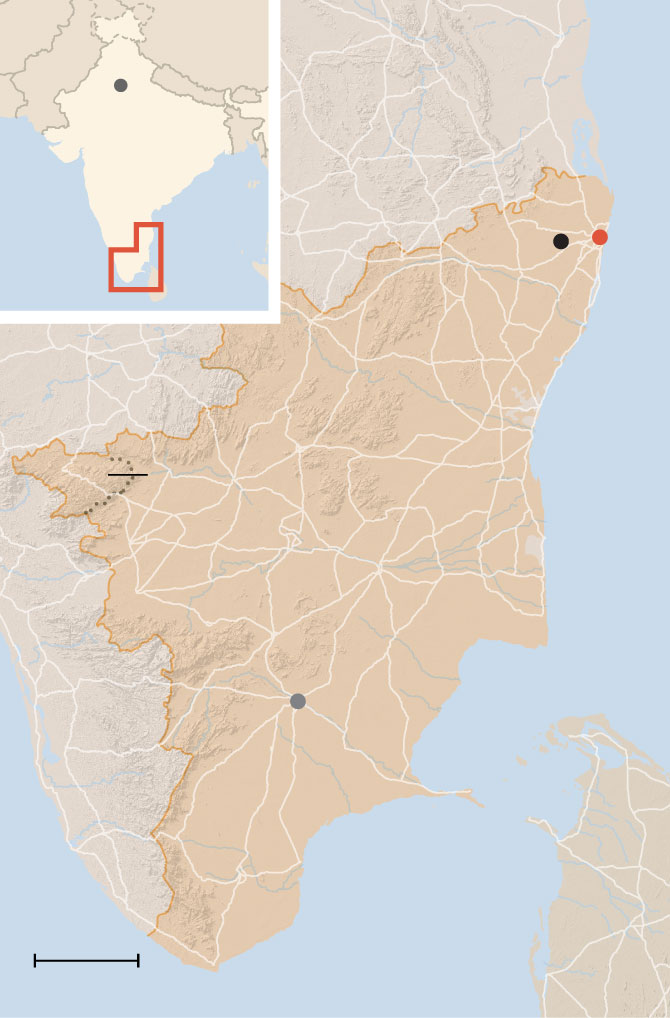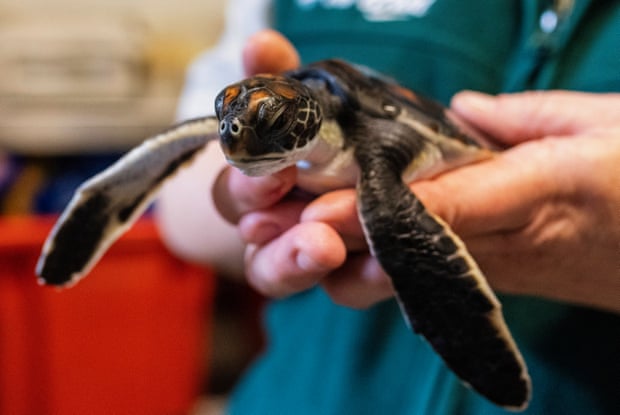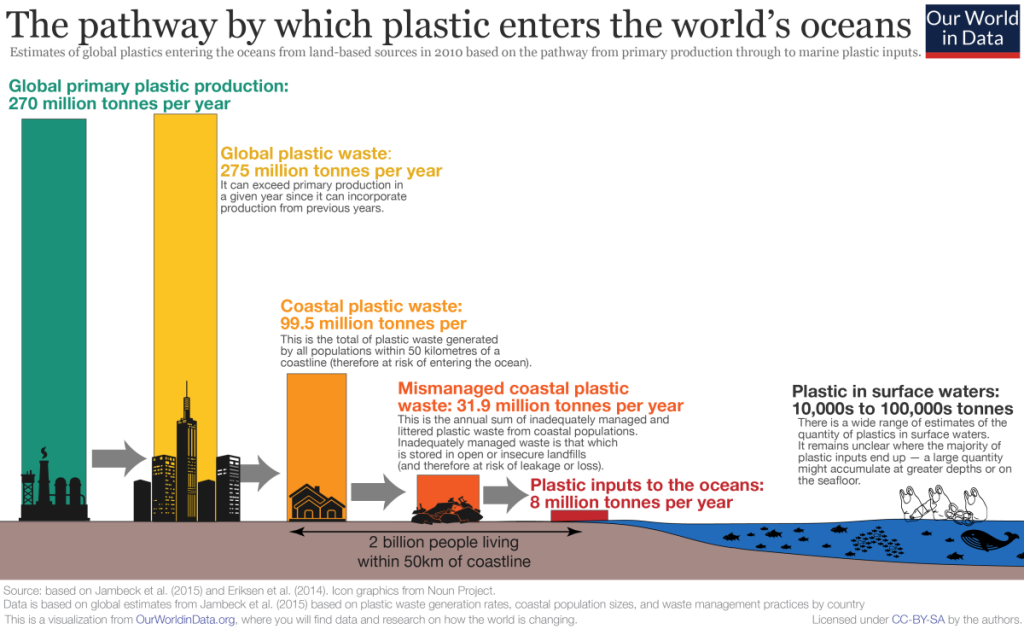The sun has yet to peek its way through the clouds on this windy, rainy morning as I ride along the shoreline in a UTV at Red Reef Park in Boca Raton with David Anderson, the sea turtle conservation coordinator for the Gumbo Limbo Nature Center.Anderson and his crew come here every morning between March and October to survey sea turtle nesting and hatching activity along this 5-mile stretch of beach.“So leatherback, loggerhead and green sea turtles all make different looking tracks in the sand and it’s pretty easy to discern actually,” Anderson said.WLRN is here for you, even when life is unpredictable. Our journalists are continuing to work hard to keep you informed across South Florida. Please support this vital work. Become a WLRN member today. Thank you.We follow the tracks to a small dip in the sand. Anderson tells me a loggerhead laid her eggs here last night. He marked the nest by surrounding the perimeter with orange wooden stakes and tape, then labeled it with today’s date.“This turtle nest hatched,” Anderson said. “We give each nest three days or 72 hours for the hatchlings to get out on their own. And then we come back and excavate the site.”
Yvonne Bertucci zum Tobel
/
WLRN A baby loggerhead sea turtle was found while excavating a nest.
While digging out the nest with his hand, Anderson finds a live baby loggerhead.“The purpose of us excavating nests is to evaluate the hatch success of the nest and see how successful our nests are here on the beach but the bonus is we often find live baby turtles in the nest and those get a second chance,” Anderson said.This baby turtle will get its second chance tonight — at a hatchling release organized by the nature center. Tickets were sold out months in advance.Cerridwen Canens lives near Orlando. She bought her ticket in May.“It’s been a lifelong dream of mine, I’ve always wanted to do this so it’s pretty special to have the opportunity. I’m pretty happy,” she said.Before the hatchlings are released, I join 18 other guests in a classroom at Gumbo Limbo Nature Center. The 20-acre property in Boca Raton has been promoting sea turtle awareness since 1984, through environmental conservation, research and education.During the presentation, Anderson tells us about the three types of sea turtles they find along their beaches — green, loggerhead and leatherback. Anderson says to stay away from single-use plastics. Microplastics make their way into the ocean and get stuck in sargassum seaweed, where baby turtles take shelter for the first several years of their lives. The seaweed provides food and camouflages them from predators.“Hatchlings, when they go offshore, are very opportunistic feeders,” Anderson said. “They’ll pretty much eat anything in front of their face that looks appetizing, that looks delicious. And you can imagine a tiny, colorful piece of plastic in front of them they will consume. They will also consume plastic bags or shopping bags because those floating in the ocean look like what? Jellyfish.”Once hatchlings make it to the ocean, they swim 15 miles offshore until they reach the sargassum seaweed mats.Every single hatchling Anderson and his crew find washed up along the shore has plastic in its belly.
Yvonne Bertucci zum Tobel
/
WLRNArtificial light pollution from cities confuses baby sea turtles. This photo was taken at Red Reef Park looking north. The ocean is on the right (east) and the light is coming from above the dunes to the west.
For millions of years, hatchlings have crawled toward the ocean. But that’s changed. Florida’s growing coastal population means more artificial light at night. Many cities and residents opt for LED lighting, because it’s more cost effective. But the light is so bright to a sea turtle, that it can seem like the ocean’s horizon.“It’s more difficult to address the bigger problem, which is artificial light pollution from inland, because you go out on the beach at night and you see this massive glow in the sky and unfortunately, sea turtle hatchlings are attracted to that glow because they think that is the horizon over the ocean,” Anderson said.In Boca Raton, there are lighting ordinances along A1A, but less than one-fourth of a mile from the beach, street lights brighten the night sky. Anderson said cities and homeowners should use amber-hued light bulbs and lighting fixtures that point down, not up into the sky.At 9:30 that night, we make our way out to the beach … the 180 active sea turtles they gathered that morning are in buckets.
Photo courtesy of the Gumbo Limbo Nature Center
/
A nighttime hatchling release organized by the Gumbo Limbo Nature Center.
We approach the shoreline and release the hatchlings. Only one in a thousand of these babies will make it to adulthood.Cerridwen Canens is standing at the shoreline, the waves washing up against her legs. She looks out into the ocean and tells me she’ll be coming back again next year.“It’s like that really ancient connection to a part of myself that’s lived you know, a thousand lifetimes and it’s the closest feeling I can describe to home really, I just, I needed this, it was really a very special experience,” she said.
Yvonne Bertucci zum Tobel
/
WLRNOnce excavated from the nest, the baby sea turtles are placed in a bucket for release later that night.


